The essence of all IT projects is their correct operation. The delivered software should be error-free, which is why the testing stage plays an important role in the process of its development. The development of software testing and management processes, methods, and methodologies are crucial to minimize or even exclude errors in the code, and thus to avoid negative consequences resulting from the use of error-prone software.
Using automated tests, teams have been able to improve the testing process, achieve better software quality, and, finally, be able to successfully maintain very large IT systems, especially distributed ones. However, you should take care of their regular optimization, because, as practice shows, the lack of it is the most common software development blocker.
AI and machine learning in software testing deliver better and more effective automation, relieving teams of the burden of repeating and refining testing. Many software testing methods are now powered by Artificial Intelligence and Deep Learning algorithms.
However, developing AI-powered automation software isn’t the only need for Artificial Intelligence and Machine Learning. In this article, we’ll talk about the use cases and the future trends for AI and ML in testing.
Shortcomings of conventional test automation
Until recently, the key open-source test automation platforms, such as Selenium, Appium, and other code-based scripting solutions, were used by QA and developers. Developers and test engineers had described the best test methods, vast information bases, and documentation, but they were still confronted with certain challenges:
- QA teams demand high programming skills in Java, JavaScript, or other languages, which were lacking in the pioneer frameworks.
- As such undergo modifications, they seemed unstable.
- Testers needed frameworks that could rightly integrate the development and test environments. (e.g. IntelliJ, Eclipse, etc.)
Given the above, QA teams started to look at simpler and more reliable options to have quicker time to value and input. For several of them, test automation centered on Artificial Intelligence and Machine Learning as the solution. It should be noted, however, that the use of AI and ML in testing is not a cure-all. As such, when is it appropriate to use AI and ML-based test automation, and when should you stick to traditional methods? Let’s find out from the below table.
| Conventional automated testing | Automation charged by AI and ML | |
| Building test cases | Agile methodologies based on manual testing | Use of |
| Test performance | Modified through proactive efforts | self-healing which is managed automatically |
| Expertise | Middle | Sub par |
| Testing environment | IDE | AI, ML |
| Types of software | Mobile and web | web |
| Test techniques | functional | API |
Recommended: Learn how to implement a robust automation framework for your testing often used across teams.
Applications of ML and AI in testing
Here are some examples of how Artificial Intelligence is used in the testing process.
Detecting and differentiating mobile app crashes (NimbleApp)
Frameworks like the NimbleApp from Headspin can be used to automatically index your software after each PR crash has been verified so that test engineers can focus on more valuable tests. This lets engineers accomplish more critical tests, such as automating memory leak detection (iOS) or troubleshooting JNI integration (Android).
Static Program Review (deepcode.ai)
Symbolic AI is a decision-making tactic that employs rules. There was a lot of optimism in the 1980s that such rules-based expert systems would be the foundation of Japan’s 5th-gen computing efforts. Sad to say, the aims were too lofty (measures were taken to encode all of the rules into specific domains), and the calculation was not as affordable as it is today in cloud-based commodity modeling.
Yet, the situation has shifted over time as (a) data processing has become more affordable and commodified, and (b) an improved comprehension that such techniques are particularly fit for well-defined and organized domains has emerged.
Deepcode.ai is one such example. They leverage symbolic AI to perform code review, which not only adheres to good coding practices but also overcomes the shortcomings of contamination analysis to extract potential attack vectors in the code.
Leveraging user traffic and ML to compute test coverage and automated generation of tests (ProdPerfect)
One of the issues with test management is that we assign equal weight to each test. This is not the case; some tests are more likely to result in a user error than others simply because certain functions are rarely used. Consider that your regression kit runs thousands of test cases, each of which takes a few minutes. The ProdPerfect strategy is to tool your website, assemble click data, and then utilize data analytics and ML to determine which of the key user flows should be examined. Then it creates test code to produce a comprehensive test suite automatically.
Leveraging AI/ML to conclude on whether to conduct a recall when the test implementation is faulty (Harness.io)
One issue with Continuous Deployment (CD) is as follows: How do you know if you’ve made a mistake and need to roll back your deployment right away? Harness.io seeks to solve this issue by analyzing observability data from APM tools such as Sumo Logic, New Relic, and AppDynamics to determine whether automatic rollback is required.
Monitoring and forecasting (Splunk)
Splunk is a common tool for system observability. The main application is log aggregation and analysis. They do, however, offer a Machine Learning Toolkit (MLTK) that enables users to configure standard ML algorithms, such as Linear and Logistic Regression, K-means clustering, and so on, to Splunk data. Splunk recently unveiled MLTK Smart Assistants to make it even simpler.
Error search
Perfection is inexistent and cannot be attained, this is why the best of developers and testers can still write error-filled and wacky test codes. Wacky/flaky test codes antagonize quality assurance, efficiency and are ultimately a killer of time. Sometimes the process of identifying the particular placement of the error code could be onerous. ML and AI-based tools can examine codes in real-time, identify errors and also make corrections in some scenarios.
Software testing systems: Designing software that is capable of self-testing and self-healing
The continuous demand for updates and changes in web or software testing has been a challenge for industry experts. Keeping up with the constant need for repairs and modifications manually seems to be getting increasingly difficult. The solution to this problem would be developing self-testing and self-healing systems.
A self-testing system or software is one with the ability to run periodic scans, record results, recommend solutions and notify the developer. What makes it self-testing is that it does all of this without a manual prompt.
Self-healing is the ability of a system to implement needed changes or modifications automatically. Most AI-powered tools have both self-testing and self-healing abilities and they are considered as ‘Smart.’
A system that is capable of self-testing and self-healing must have the following qualities;
- Fault detection
- Fault resolution
- Ability to store and record results
- Implementation of solution
AI Testing tools currently on the market
Testing tools companies have been trying to outdo each other by developing AI-based tools that are competing in the market. Though many of the tools are still far from delivering on the marketing promises made, a few of them are however leveling up to expectations. Here are a few AI-based testing tools that are quite popular.
Test.AI
Test.ai functions mostly as an extension or support tool to other major tools like Selenium and Appium. It amplifies the test process by reducing test time and provides a boost in efficiency by reducing the possibilities of downtime and errors.
Applitools
Applitools is a popular tool that supports visual element testing. This AI-powered tool detects faults and errors from the UI angle. It provides a complete end-to-end testing protocol, also the tool scans, evaluates, and records finding. Applitool also has adaptive features that keep it evolving and working effectively even with algorithm changes.
Mabl
This tool utilizes machine learning and adaptive abilities to save time and cut down on code script writing. All you need to do is to integrate your test with the program using the Mabl language after which the tool starts functioning based on your preferred line of action.
TestCraft
Testcraft is a user-friendly AI-based tool that works well with Selenium. It is user-friendly and doesn’t require any programming knowledge or strong technical skills, so non-professional testers can leverage this tool effectively. Testcraft helps to cut-down test time and save cost.
Sauce Labs
The developers of the Sauce Lab have claimed that it is the largest continuous testing tool; this claim may not be readily verifiable but it is a very robust tool. Sauce Labs works with a wide range of browsers, simulators, emulators, and operating systems, making it a high-utility tool. It is cloud-based and exploits the adaptability features of machine learning.
Retest
Retest is another user-friendly AI-powered tool. It can be used by anyone with basic tech knowledge. Retest is mostly applied in GUI automation testing and black box regression testing. This tool is open source and free.
Benefits of AI and ML testing
The benefits and advantages of AI cut across almost every sphere of mankind including software testing. In fact, according to Statista, the worldwide artificial intelligence (AI) software market is projected to expand exponentially in the coming years, reaching approximately 126 billion USD by 2025
Here are some benefits of AI-powered testing.
Saves time
With the growing demands of software products and the increasing sophistication, it is only normal that software testing now takes a longer time, but the world won’t be waiting for testers to finish their jobs. This is why AI testing has come to save the day and ensure prompt delivery of software. With AI testing tools, test timelines can be reduced by half, and yet quality won’t be compromised.
Cuts down on the occurrence of errors and inaccuracy
Without automated tools, software testing would be done by humans which means there will be room for mistakes, negligence, or fatigue-induced errors. AI-powered tools are not perfect either, as they are prone to malfunctioning and because they are machines. However, a properly functioning tool is less likely to make mistakes than a human tester.
Widens test scope
Applying machine learning in testing often provides a wider testing scope. AI-powered tools function in a way that other aspects of a program may be analyzed in the process of auto-testing a particular element.
User-friendly
AI-powered testing tools have simplified the process of carrying out tests, some tools are so simplified and easy to use that someone without any major technical skill or programming knowledge would use them without difficulty.
Recommended: learn about the benefits of automation testing.
Any disadvantages?
Notwithstanding the huge benefits of AI-based testing tools, there are still some drawbacks and concerns that have been raised over time, let’s consider a few.
Still needs humans
For those who consider AI as an alternative to manpower, then this might fly as a disadvantage but it necessarily isn’t. We think that AI has not come to replace humans but it definitely helps ease their daily tasks.
Somewhat expensive
Some people have argued that developing an AI-powered tool would cost a fortune both in resources and time. We think it’s not a strong argument because, in the long-run, AI is cheaper.
May promote human laziness
The advent of AI-powered tools may occasion widespread intellectual dearth. People may lose the drive for self-development since machines now do the work.
What is the future of AI in software testing?
Over the next few years, expect a lot of improvements in the emerging area of ML research automation. To begin with, the technologies are changing, and the next 1-2 years will be critical for DevOps teams to evolve, implement, and update processes in order to bring machine learning to SDLC.
New methodologies would be needed for teams to decide when to use machine learning and when to use coding. Furthermore, the methods must work in tandem with the CI/CD and monitoring systems.
Finally, machine learning-based tools can expand beyond practical tests to incorporate new test categories (for example, security testing). What we would suggest is that you explore how machine learning-based software automation can supplement current code-based practices and identify the problems that these technologies would be best suited to handle. Applying machine learning-based test automation in the new decade, with the right methodology, will significantly change the product development period. For more on similar evolving trends in testing which forward-thinking companies must look out for, check out our post on latest trends in testing.

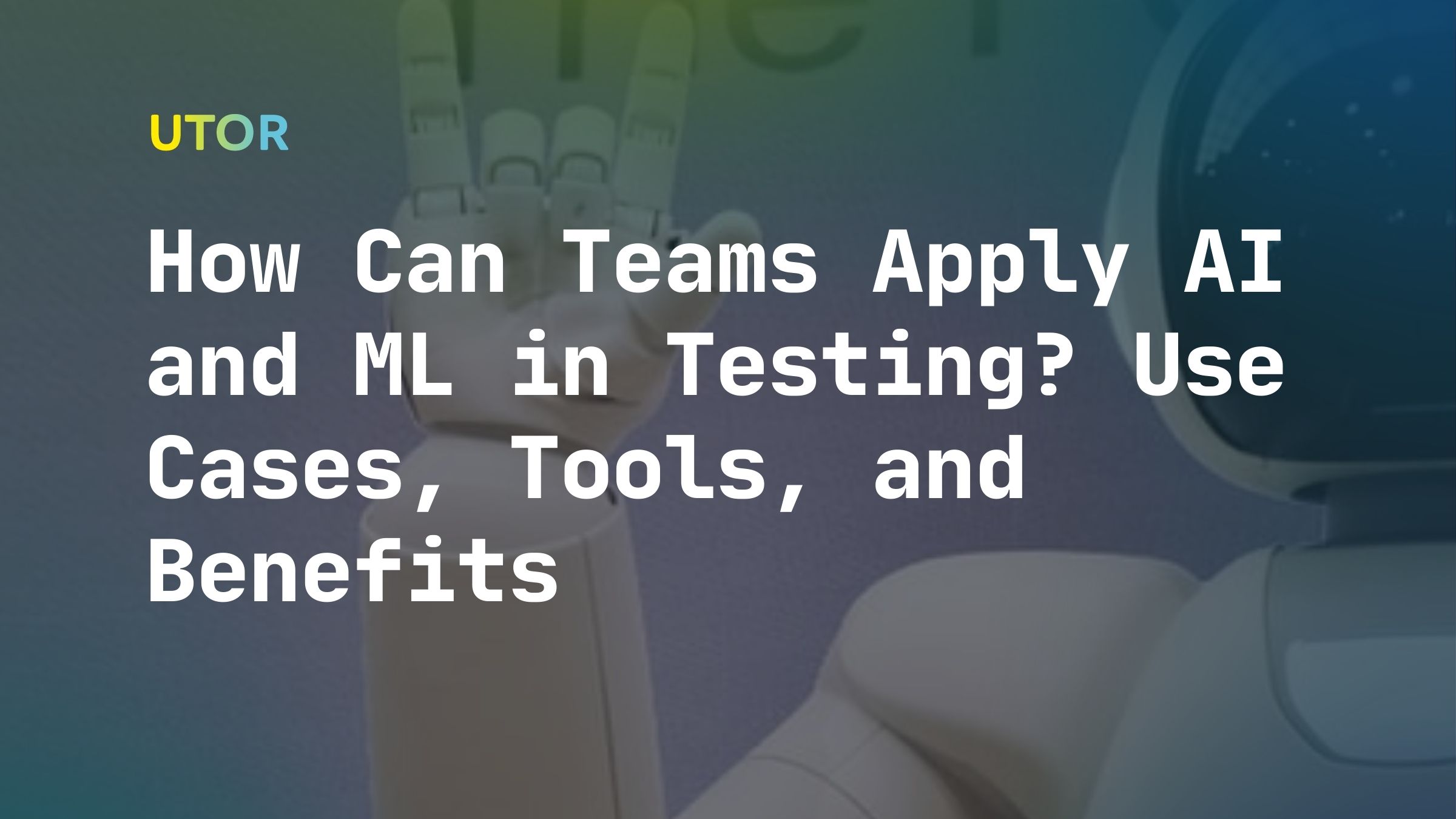
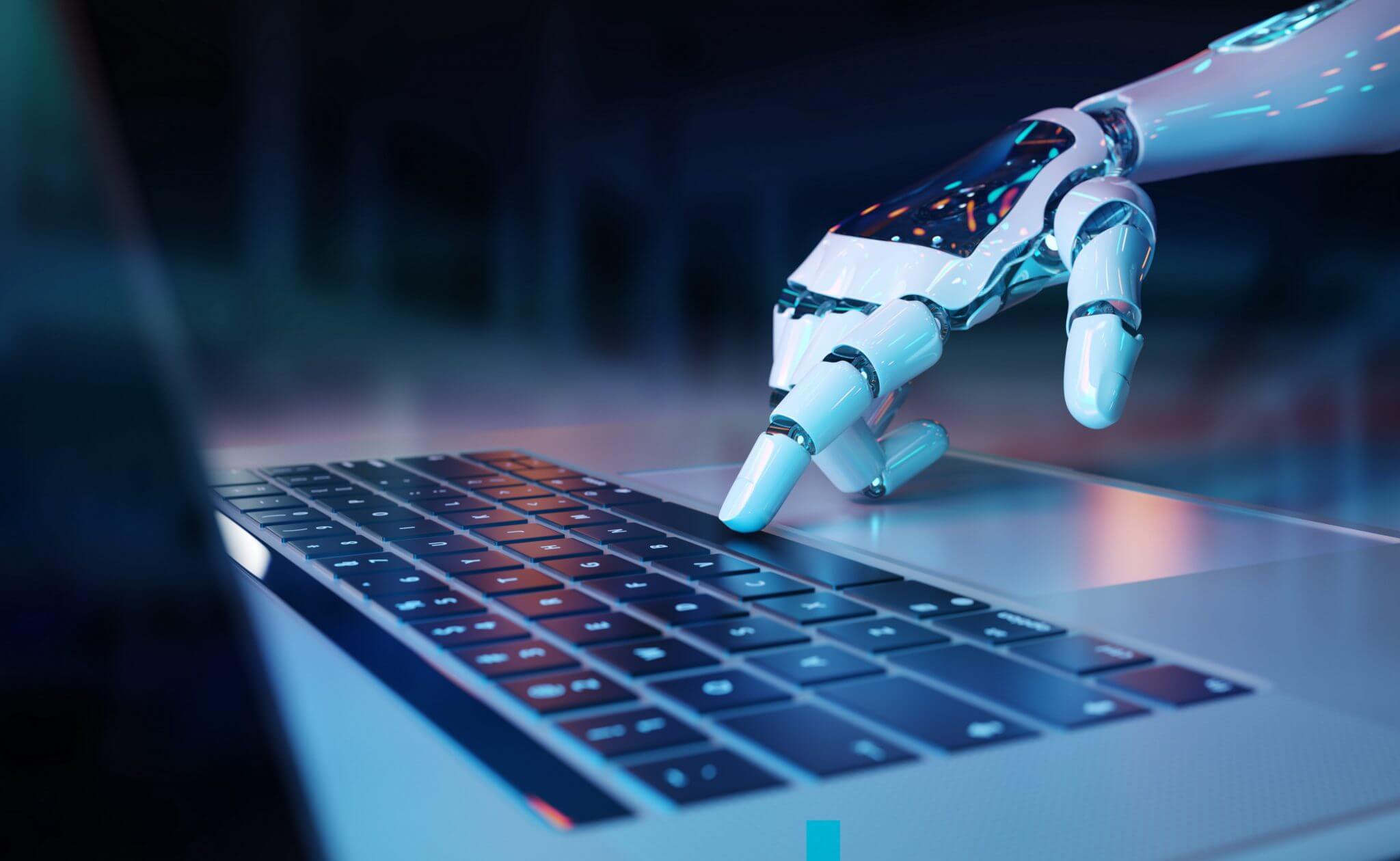


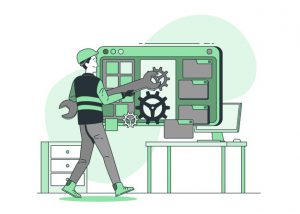
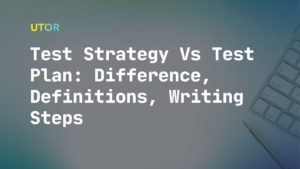

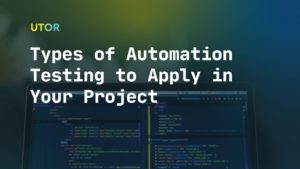


Aesome article